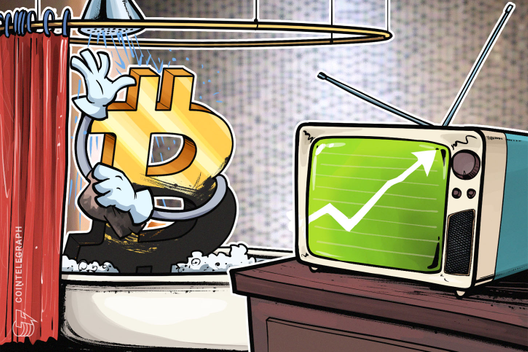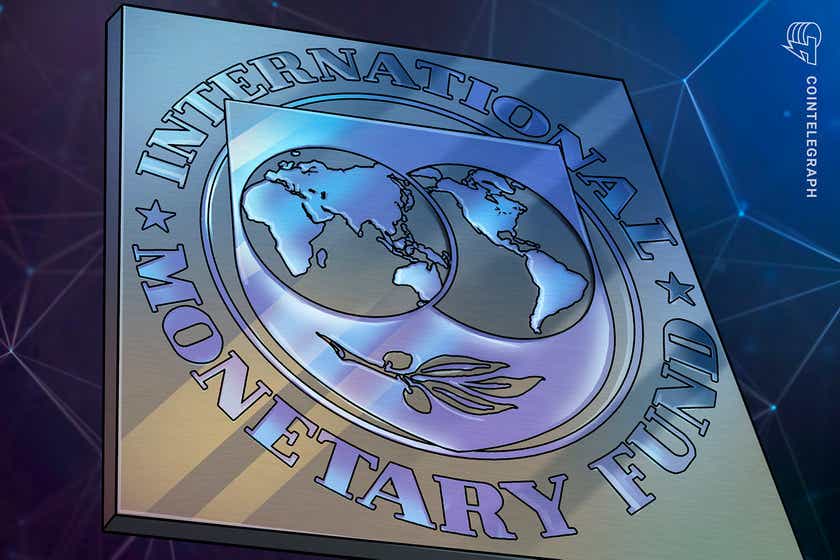Blockchain and AI Bond, Explained
1.
Why has there been such a spike in interest around AI and blockchain?
Artificial intelligence (AI) and blockchain are two of the most-talked-about technologies of the past 10 years, and their evolution has led to significant and promising innovations. The idea of combining them is particularly intriguing.
The profit potential for these two technologies is forecast to be in the billions for the foreseeable future. Gartner, a global technology research firm, estimates that the business value created by AI will near $3.9 trillion in 2022, while some anticipate the blockchain market will be worth roughly $23 billion by 2023.
The drivers behind this tremendous predicted growth are increased adoption, as well as the potential use cases that have been emerging across both sectors. AI, which is technically not a new technology, has taken on a prominent role in the tech world over the past two years. While we are still far from fully thinking machines, AI has been deployed in everything from marketing and sales to manufacturing and even health care. The technology has become a crucial part of most businesses’ plans moving forward.
According to the consulting firm Mckinsey & Company, 47% of businesses surveyed have integrated AI into their operations in at least one capacity, and 78% plan to increase investments in the technology in the near future. Blockchain is on a similar track, with several industries adopting the technology as positive sentiments gain momentum. A PwC survey found that nearly 84% of respondents were actively involved with blockchain in some capacity.
2.
Are AI and blockchain compatible?
The two technologies may have evolved separately, but they show impressive potential when combined and are already being integrated.
Considering the enormity of both trends across the tech world, it was only a matter of time until their trajectories merged. At their core, both technologies are centered around managing and communicating data, though they solve different parts of the puzzle. One of the byproducts of the digital revolution is that we generate massive troves of data from millions of touchpoints every day. AI is designed to quickly collect, analyze and correctly interpret the data, and react to it without any human interaction.
While it remains far from independent for now, AI can learn and continuously improve its operations as it collects and parses new data points. Companies like Netflix, Spotify, Google and even some health care organizations already use AI to tailor their services while providing better recommendations and improving results for consumers.
Blockchain, on the other hand, is more concerned with the storage and communication of data. Its distributed ledger architecture means that data is stored simultaneously across all nodes connected to the network, and it allows for data to be completely decentralized, making it quicker to access and more democratic. Since every node has access to all the available data, AI becomes less reliant on central storage for processing.
3.
What problems could AI and blockchain solve?
As complementary technologies, AI and blockchain can deliver significant advantages across a variety of fields, which include analytics, health care, financial services and many more.
The two technologies have still mostly been kept separate, but initial attempts to combine them have seen interesting applications unfold. One of the earliest concepts of AI and blockchain integration revolves around data analysis. Much like centralized data sets, blockchain offers AI a massive base to collect and parse from to uncover better insights and solutions. Unlike off-chain storage, however, blockchain data remains secure and immutable — even in the case of storage failure. Blockchain consensus methods also mean that the data being used is more transparent and less prone to tampering.
Another key issue AI has is access to computing power. More powerful AI engines require more processing capacity, in contrast with hardware and cloud-based solutions that exhibit significant scaling issues. Using blockchain would mean that AI can access shared pools of computing power across networks, effectively scaling on demand. On the other hand, AI machine learning could significantly reduce the power consumption and requirements for mining coins.
Another intriguing application for AI and blockchain lies in the Internet of Things (IoT). As IoT devices become more commonplace, blockchain is an optimal technology to support the infrastructure, and AI could serve as an ideal manager of massive decentralized networks.
4.
What are the challenges of integrating AI and blockchain?
Even with enormous shared potential, there are still some important challenges that AI and blockchain must resolve to become truly viable as a pair.
Despite blockchain’s tremendous potential for data accessibility, privacy remains a large concern on public blockchains. While the goal is to democratize data, the presence of possibly sensitive data from IoT and other devices could raise some privacy issues for individuals and organizations alike. One solution would be to employ private blockchains that limits the availability of data to only those who own the chains.
Additionally, scalability remains an issue on major blockchains, which were not built to handle the massive demands expected of them currently. Ethereum, one of the most popular blockchains for development, can still only process roughly 15 transactions per second, and though other blockchains now claim to be processing thousands of transactions per second, for the most part, hard evidence supporting their claims remains absent.
Finally, smart contract technology presents a hurdle, especially for AI. Security issues remain a large challenge, and the deterministic nature of smart contract execution is a problem for AI engines, which usually require a more random approach to execution.
5.
Are there existing use cases?
Even with these challenges ahead, several companies and organizations are already introducing AI into blockchain to produce results.
There are already several promising projects merging the technologies that span a variety of fields. Recently, blockchain-based Cortex has announced the launch of an AI-based network for decentralized applications (DApps), which can help optimize financial services. The company hopes to use the technology to generate credit reports for decentralized financial services, construct better anti-fraud systems, and even assist in gaming and esports.
Other companies, such as Endor, have taken a narrower approach. The organization, which offers a powerful AI-based predictive analytics tool, deploys blockchain to create a more scalable engine and access to more data. While the project is aimed at business users, it does significantly democratize predictive analytics technology.
For financial services, companies like Peculium (a savings management platform), AiX (a financial trading platform that offers trader-to-trader capabilities) and Autonio (a trading terminal that facilitates crypto trading) all deliver improvements over existing solutions and tools.
Finally, some projects are working to make AI integration simpler, such as Singularity Net, which offers a decentralized network for users to create and monetize AI services easily.
6.
What is the future of AI for blockchain?
These applications are the tip of the iceberg. Potential use cases for AI and blockchain remain theoretical, but there are countless possibilities for the future.
Indeed, the pairing has garnered the attention of world governments seeking to become central hubs for innovation across the globe. Several countries have passed laws or launched initiatives to facilitate AI and blockchain development, catalyzing an innovation acceleration across the field. For instance, the United States has passed a law to facilitate AI-related investments while the United Arab Emirates has created a national program to provide scholarships for studies in the field. Even Malta has launched its own ambitious initiative to become a top destination for both fields.
One potential use of blockchain will be to verify AI processes, as machine learning makes these algorithms faster and more capable. Instead of having to rely on approximations of processes, blockchains can store step-by-step transactional data to verify any single operation and ensure the integrity of results. Other projects have explored the technologies’ applications in health care, both for protecting users’ sensitive health data and forming a more favorable marketplace for individuals to access medical services.









